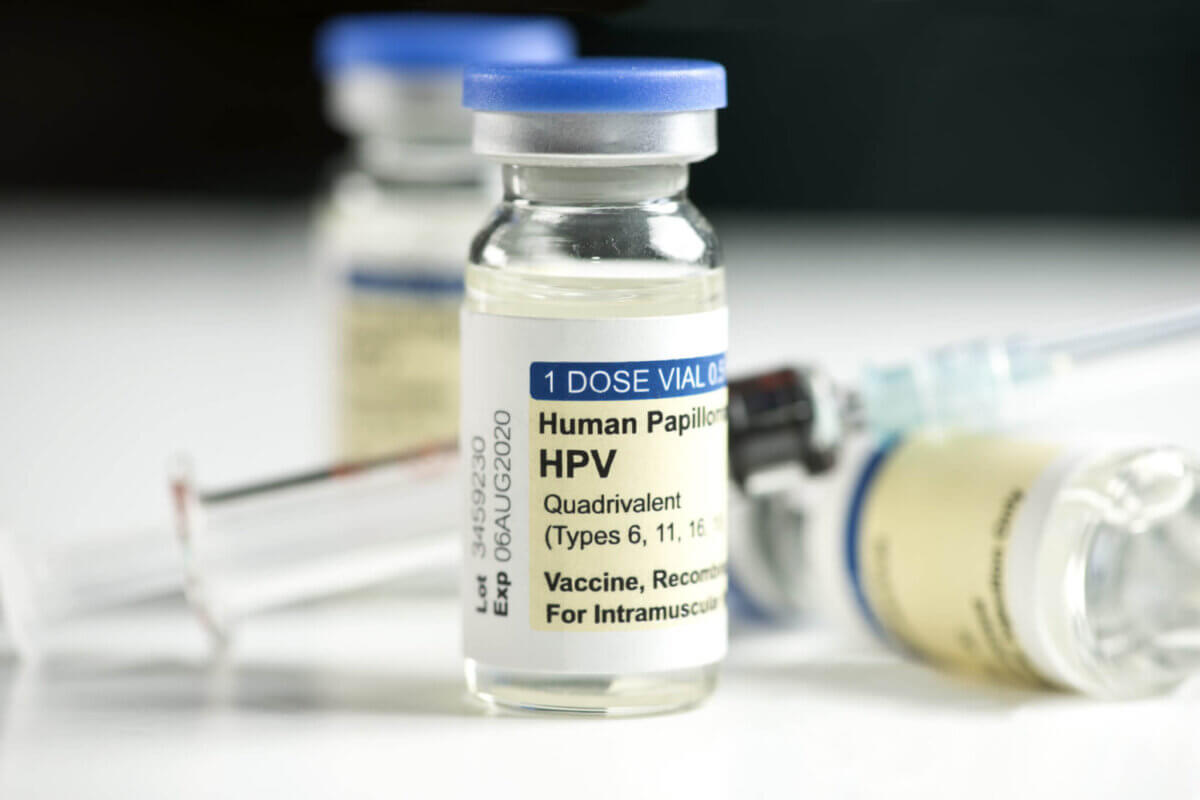NEW YORK — Like many cancers, cervical cancer can be difficult to screen, even with pap smears. There are certain kinds that still might get missed in testing, making early intervention difficult for medical professionals. Now, scientists at the National Cancer Institute (NCI)-designated Montefiore Einstein Cancer Center (MECC) have developed a test for detecting a type of cervical cancer that pap smears often let fall through the cracks.
“Our novel test appears sensitive for detecting cervical adenocarcinoma [ADC]—which now accounts for up to 25% of cervical cancer cases—as well as its precursor lesions, adenocarcinoma in situ [AIS], that often develop into ADCs,” says Howard Strickler, M.D., M.P.H, corresponding author of the study and a member of MECC, in a media release.
“Because ADCs are often missed by current screening methods, they have higher mortality rates than the more common cervical squamous cell cancer,” Dr. Strickler adds. “Our goal is to catch the disease early, before it develops into cancer.”
The Pap test is used to examine tissue samples for abnormal cells and has been highly effective at catching cervical squamous cell cancer over the past six decades. However, incidences of ADC have not gone down, likely because this test can’t effectively catch it.
Recently, testing for human papillomaviruses (HPVs), which cause almost all cases of cervical cancer, joined the Pap test as a standard screening tool. There are over 100 types of HPV, but three (HPV 16, 18, and 45) make up over 70 percent of all cancer cases and over 90 percent of ADC cases. Testing includes these three types and can let infected women know that they are at higher risk of developing cervical cancer. There are effective vaccines that protect against nine different HPV types, but many women are above the age for getting the vaccine. As such, effective screening is a vital part of changing outcomes over the years to come.

The HPV test developed by the MECC assesses the three main HPV strains in a unique way by looking at methylation levels.
“The advent of next-generation genetic testing has opened up opportunities for us to more accurately detect oncogenic HPV strains and patterns in the genomes that correspond with the development of AIS and ADC,” says Robert D. Burk, M.D., professor of pediatrics, of microbiology & immunology, of epidemiology and population health, and of obstetrics & gynecology and women’s health at Einstein and MECC member, who co-led the study.
Methylation describes the addition of methyl (CH3) groups to a region of DNA and is a primary essential biochemical mechanism, playing a key role in gene expression. This study investigated methylation levels within cervical tissues collected from 1,400 women who had undergone cervical cancer screening at Kaiser Permanente Northern California before 2014 and whose cervical cancer status was known.
The team tallied up the methylation percentages for each of 35 different viral-genome sites to generate a score equal to average methylation percentage across all of the sites. Women with methylation scores in the upper 25 percent had increased odds for having developed either ADC or AIS.
“Our findings, if confirmed by clinical trials, suggest that women with a high methylation score may benefit from colposcopy and specialized tissue evaluation, beyond just a Pap test, which could lead to early diagnosis and treatment for ADC or the removal of AIS lesions before they develop into ADC,” Dr. Burk reports.
Cervical cancer is the fourth most common type of cancer in women, with women in lower and middle-income countries feeling the effects even more. In the United States, these disparities exist as well. In New York City, rates of cervical cancer in the Bronx are 50 percent higher than in Manhattan. Improved testing efficacy could help close gaps like this.
“Ideally, the new HPV methylation test would only need to be done once every three to five years,” Dr. Strickler concludes. “We are hopeful that this test will be able to increase cervical cancer screening equity in the U.S. as well.”
The findings are published in the Journal of the National Cancer Institute (JNCI).

